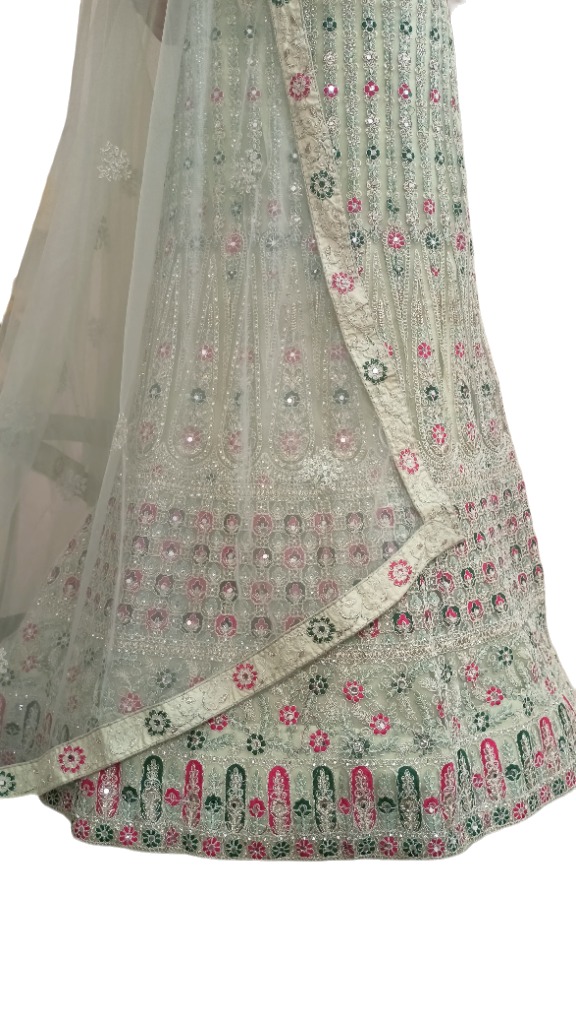संवेगो का अर्थ एवं महत्व स्पष्ट करें। किसी की सांवेगिक बुद्धि को बेहतर बनाने में संवेग नियमन पर चर्चा करें। BPCG-175
संवेग विभिन्न प्रेरक तत्वों और घटनाओं के प्रति उत्तेजना और भाविक रूप से उत्तर हैं। वे हमारे विचारों, व्यवहारों और समग्र कल्याण में महत्वपूर्ण भूमिका निभाती हैं। संवेग सार्वभौमिक हैं और सभी मानव जीवों द्वारा अनुभव की जाती हैं, जिन्हें विशेष अभिज्ञान भाव, शारीरिक परिवर्तन और आचारणीय प्रकटीकरणों से चिह्नित किया जा सकता है। कुछ सामान्य भावों में सुख, दुख, क्रोध, भय, आश्चर्य और घृणा शामिल हैं। संवेगो का अर्थ भावों से परे जाता है; वे हमारे जीवन में महत्वपूर्ण कार्यों का निर्वहन करती हैं:
- संचार: संवेग गैर-भाषीय संचार के रूप में कार्य करती हैं, जो हमें अपनी संवेगो और इरादों को दूसरों को संदेशित करने में मदद करता है। चेहरे के भाव, शरीर की भाषा और आवाज़ का टोन कुछ ऐसे तरीके हैं जिनसे हम अपनी संवेग प्रकट करते हैं।
- अनुकूलन: संवेग हमारे जीवन और अनुकूलन में एक महत्वपूर्ण भूमिका निभाती हैं। उदाहरण के लिए, भय हमें खतरों का सामना करने में मदद करता है, जबकि आनंद हमें हमारे कल्याण को संवारने वाले व्यवहार को मज़बूत करता है।
- निर्णय लेना: संवेग हमारे निर्णय लेने की प्रक्रिया पर प्रभाव डालती हैं। वे हमारे अनुभवों को रंग देती हैं, हमारे न्यायपूर्ण विचारों पर प्रभाव डालती हैं और पिछले अनुभवों और वर्तमान सांवेगिक स्थितियों के आधार पर हमारे चयन को निर्देशित करती हैं।
- सामाजिक बंधन: संवेग सामाजिक संबंधों को पोषण करती हैं। दूसरों के प्रति सहानुभूति, दया और प्रेम प्रकट करके संबंधों को मज़बूत बनाने और सहयोग को बढ़ावा देने में मदद करती हैं।
- प्रेरणा: संवेग लक्ष्यों को प्राप्त करने और कार्रवाई करने के लिए आवश्यक प्रेरणा प्रदान करती हैं। उदाहरण के लिए, एक वांछित परिणाम को प्राप्त करने का उत्साह हमें मेहनत करने के लिए प्रेरित कर सकता है।
संवेग नियमन और सांवेगिक बुद्धि:
संवेग नियमन से तात्कालिक संवेग, अभिव्यक्ति और प्रतिक्रियाएँ प्रबंधित और संशोधित करने की क्षमता को जाना जाता है। यह सांवेगिक बुद्धि का एक महत्वपूर्ण पहलू है, जो एक व्यक्ति की संवेगो को पहचानने, समझने और प्रभावी ढंग से प्रबंधित करने की क्षमता को संदर्भित करती है। संवेग नियमन, सांवेगिक बुद्धि को सुधारने में मध्यस्थ भूमिका निभाता है, और यहां कुछ तरीके हैं:
- स्व-जागरूकता: संवेग नियमन आत्म-जागरूकता से शुरू होता है, जो संवेगो को उत्पन्न होते हुए अनुमान करने और समझने का महत्व निर्धारित करती है। अपने सांवेगिक स्थितियों के प्रति अवगत रहकर, व्यक्ति अपनी संवेगो के पीछे के कारणों को बेहतर से समझ सकता है और यह समझ सकता है कि उनके व्यवहारों पर संवेगो का कैसा प्रभाव पड़ सकता है।
- सांवेगिक परिवर्तनशीलता: सांवेगिक बुद्धि वाले व्यक्ति को अपने सांवेगिक प्रतिक्रियाओं को विभिन्न संदर्भों में अनुकूलन करने की क्षमता होती है। यह शामिल करता है कि वे विभिन्न संदर्भों में उचित संवेग अनुभव और प्रकट कर सकते हैं। सांवेगिक परिवर्तनशीलता से सांवेगिक आवेगों को रोकने के लिए और अधिक मापने और सोचने वाले तरीके से चुनौतियों का सामना करने की अनुमति होती है।
- तनाव प्रबंधन: प्रभावी संवेग नियमन तकनीकें व्यक्तियों को तनाव और कठिन संवेगो का सामना करने में मदद करती हैं। तनावकारक स्थितियों को पहचानने और सकारात्मक रूप से सामना करके, सांवेगिक बुद्धि मानसिक और सांवेगिक कल्याण में तनाव के नकारात्मक प्रभाव को कम कर सकती है।
- सामाजिक संबंध: संवेग नियमन को समझना और प्रबंधन करना सामाजिक व्यवहारों में महत्वपूर्ण है। सांवेगिक बुद्धि से युक्त व्यक्ति दूसरों के साथ सहानुभूति कर सकता है, उनके सांवेगिक स्थितियों को समझ सकता है, और उचित समर्थन और समझदारी के साथ प्रतिक्रिया कर सकता है।
- संघर्ष समाधान: संवेग नियमन संघर्ष की स्थितियों में महत्वपूर्ण है। सांवेगिक बुद्धि से सभ्य रहकर और अपनी संवेगो को प्रबंधित करके, सांवेगिक बुद्धि वाले व्यक्ति विकासशील संवाद में शामिल हो सकते हैं और तनाव को बढ़ावा न देते हुए समाधान की तलाश कर सकते हैं।
- समग्र कल्याण: संवेग नियमन मानसिक और सांवेगिक कल्याण को सुधारता है। उच्च सांवेगिक बुद्धि वाले व्यक्ति कम मूड के झटकों का सामना करते हैं, बेहतर स्वाभिमान रखते हैं और स्वस्थ संबंधों का आनंद लेते हैं।
समाप्ति में, संवेग मानव अनुभव के मूलभूत पहलु हैं, जो हमारी धारणाओं, व्यवहारों और सामाजिक अंतरगत संवादों को प्रभावित करती हैं। संवेग समझने और नियंत्रित करने संबंधी कौशलों का विकास सांवेगिक बुद्धि को सुधारता है, जिससे जीवन के विभिन्न पहलुओं, जैसे व्यक्तिगत विकास, संबंध, और समग्र कल्याण, में सकारात्मक प्रभाव होता है। संवेग नियमन कौशलों का विकास एक अधिक संतुलित और समृद्ध जीवन की ओर पहले कदम के रूप में आगे बढ़ सकता है।






